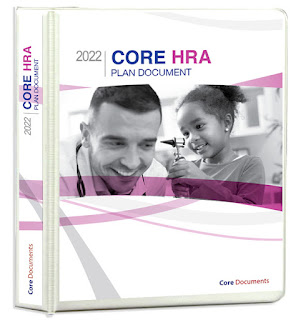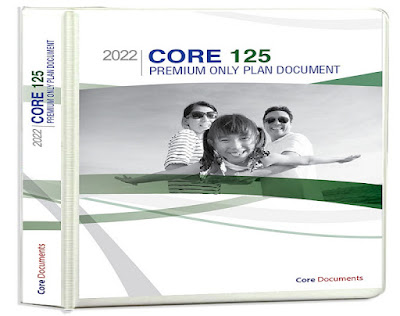Maximizing Employee Benefits: The Ins And Outs Of Section 125 Premium Only Plans
Introduction
As the landscape of
employee benefits continues to evolve, businesses are constantly seeking ways
to provide comprehensive and cost-effective options to their employees. One
tool that has gained significant attention in this realm is the Section 125
Premium Only Plan (POP). In this blog post, we'll delve into the intricacies of
the Section
125 POP document, explore its benefits, and understand
how it can enhance your company's employee benefits package.
 |
| Section 125 POP document |
Understanding the
Section 125 Premium Only Plan
A Section
125 Premium Only Plan, commonly referred to as a POP plan, is an
IRS-sanctioned employee benefit plan that enables employees to pay for certain
qualified benefits using pre-tax dollars. The primary objective of a POP plan
is to reduce employees' taxable income, which in turn helps both employees and
employers save on taxes. This win-win scenario has made POP plans an attractive
option for businesses of all sizes.
Components of the
Section 125 POP Document
The Section 125 POP
document serves as the foundation for implementing a Premium Only Plan within a
company. This document outlines the specific rules, regulations, and guidelines
that both employees and employers must adhere to in order to participate in the
program. Here are some key components of the POP document:
Eligible Benefits: The
document should clearly list the benefits that can be paid for with pre-tax
dollars. These may include health insurance premiums, dental and vision
coverage, and certain medical expenses.
Employee Eligibility:
The POP document outlines the eligibility criteria for employees to participate
in the program. Generally, full-time employees are eligible, though some plans
may include part-time employees as well.
Enrollment and Changes:
The document should specify the enrollment process and any permissible changes,
such as adjustments due to life events or open enrollment periods.
Plan Year: The POP plan
operates on a designated plan year, typically aligned with the company's fiscal
year or calendar year. This ensures consistency and streamlines administration.



Comments
Post a Comment